SBOS410K june 2007 – june 2023 REF5010 , REF5020 , REF5025 , REF5030 , REF5040 , REF5045 , REF5050
PRODUCTION DATA
- 1
- 1 Features
- 2 Applications
- 3 Description
- 4 Revision History
- 5 Device Comparison Table
- 6 Pin Configuration and Functions
- 7 Specifications
- 8 Parameter Measurement Information
- 9 Detailed Description
- 10Applications and Implementation
- 11Power Supply Recommendations
- 12Layout
- 13Device and Documentation Support
- 14Mechanical, Packaging, and Orderable Information
Package Options
Mechanical Data (Package|Pins)
Thermal pad, mechanical data (Package|Pins)
- DGK|8
Orderable Information
7.6 Typical Characteristics
At TA = 25°C, ILOAD = 0, and VS = VOUT + 0.2 V, unless otherwise noted. For VOUT ≤ 2.5 V, the minimum supply voltage is 2.7 V.
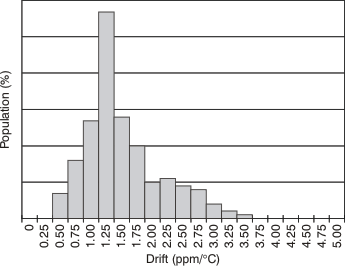
| 0°C to 85°C |
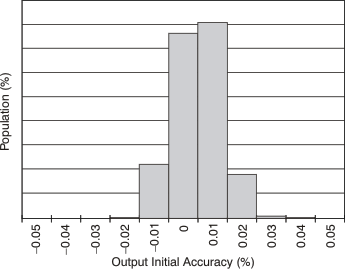
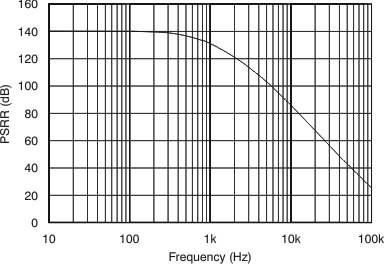
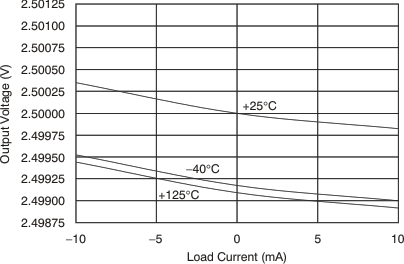
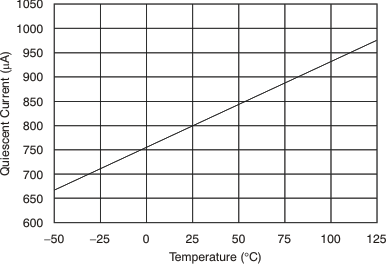
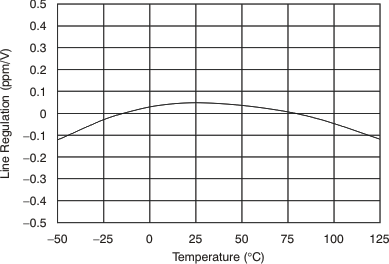
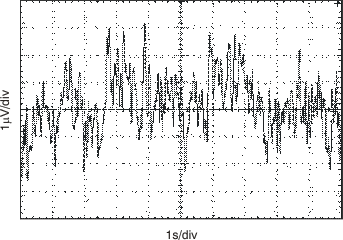
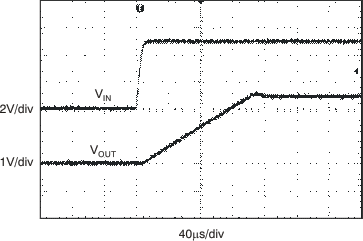
| REF5025, CL = 1 μF |

| CL = 1 μF, IOUT = 1 mA |

| CL = 10 μF, IOUT = 1 mA |
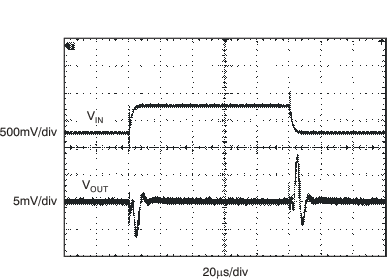
| CL = 1 μF |
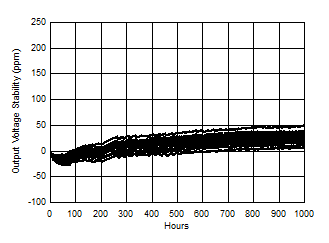
| VSSOP-8 |
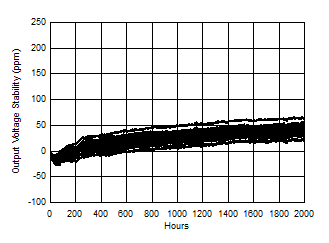
| VSSOP-8 |
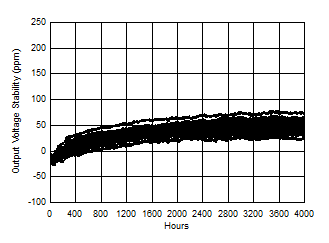
| VSSOP-8 |

| SOIC-8 |
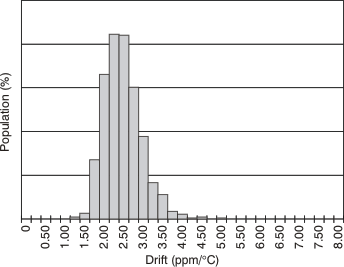
| –40°C to 125°C |
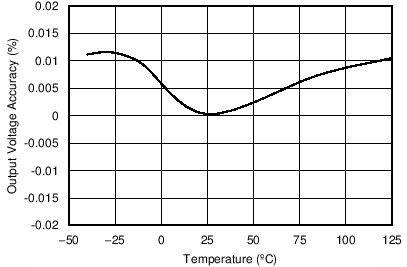
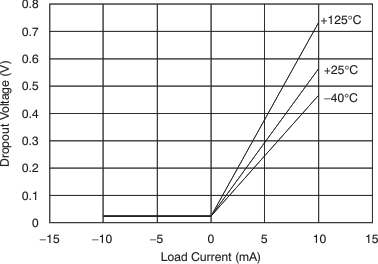
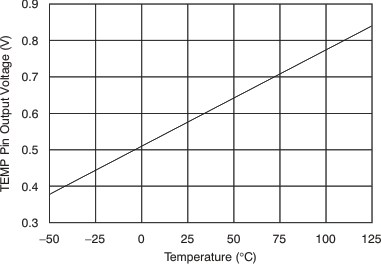
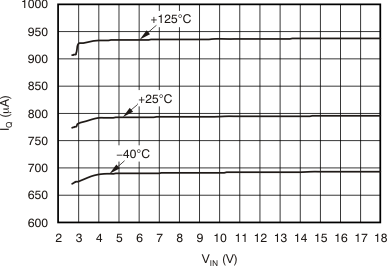
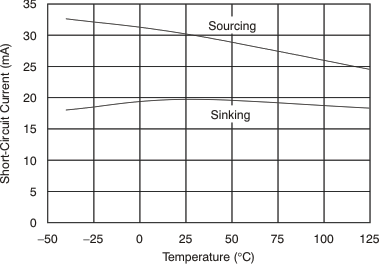

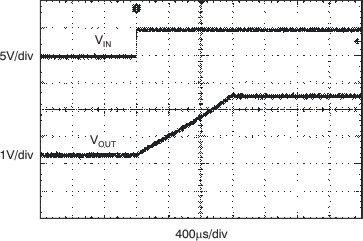
| REF5025, CL = 10 μF |

| CL = 1 μF, IOUT = 10 mA |

| CL = 10 μF, IOUT = 10 mA |
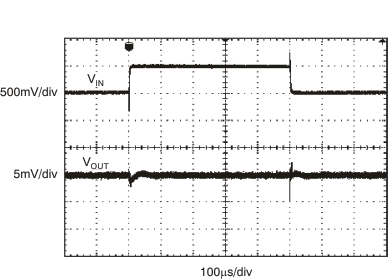
| CL = 10 μF | ||
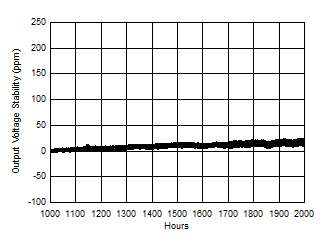
| VSSOP-8 |
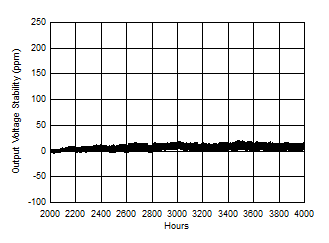
| VSSOP-8 |

| SOIC-8 |

| SOIC-8 |